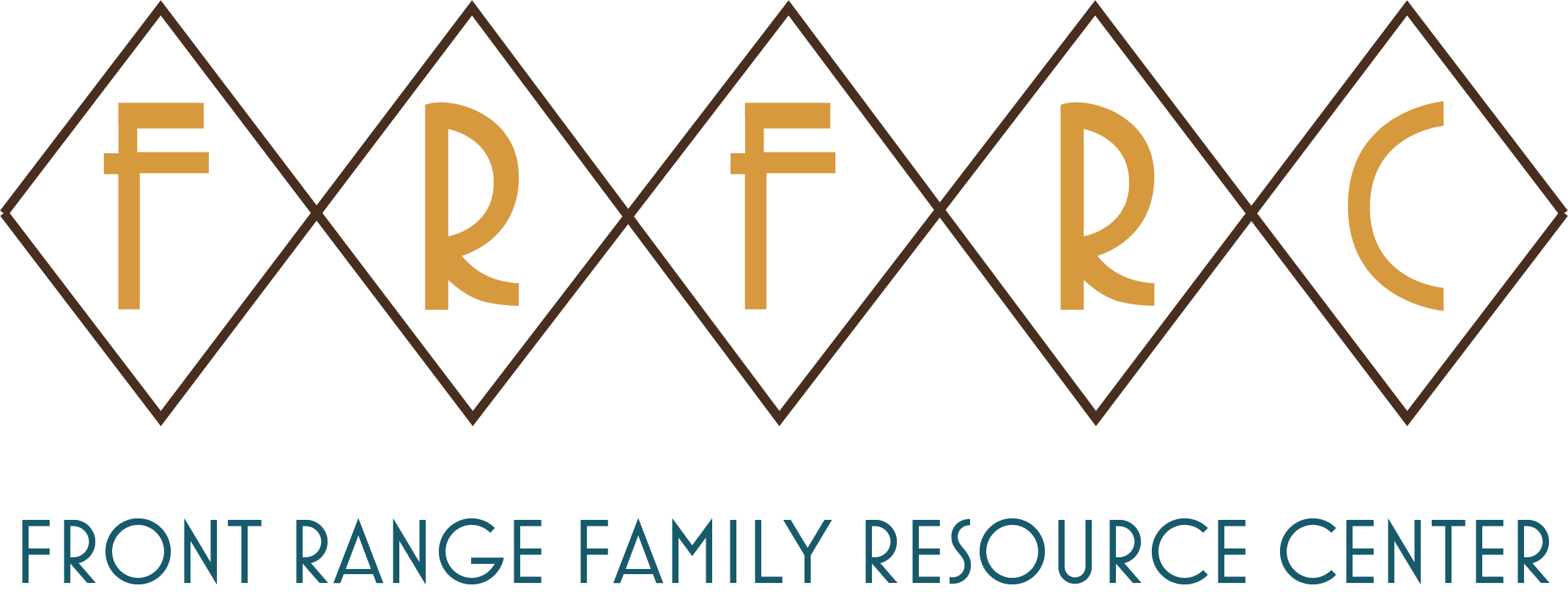Positivity often carries the promise of hope and resilience. However, when positivity becomes toxic, it can undermine authentic emotional experiences, especially in the context of grief and loss. Gestalt therapy’s emphasis on awareness and contact offers a pathway to confront toxic positivity and embrace the full spectrum of human emotions in mourning.
Understanding Toxic Positivity in Grief
Toxic positivity refers to the overgeneralization of a happy, optimistic state that dismisses or invalidates genuine emotional experiences. In grief, this can look like phrases such as, “They’re in a better place,” or “Everything happens for a reason.” While often well-meaning, such statements can unintentionally silence someone’s pain and invalidate their mourning process.
Grief is a deeply personal and multifaceted journey. Insisting on positivity can rob individuals of the chance to fully experience and process their loss, creating a sense of isolation and disconnection.
The Gestalt Perspective on Grieving Authentically
Gestalt therapy emphasizes the importance of awareness, presence, and authentic contact. It recognizes that suppressing or avoiding emotions disrupts the natural flow of experience, leading to fragmentation rather than integration—a key concern when navigating grief. This is the basis of unfinished business.
From a Gestalt perspective, toxic positivity in grief can act as a boundary to meaningful contact with oneself and others. By avoiding uncomfortable emotions, whether our own or others’, we lose the opportunity to honor the depth of our loss and the significance of our connection to the person who has passed.
The Role of Awareness in Grief
Awareness is the cornerstone of Gestalt practice. It invites us to notice our internal processes without judgment, allowing us to name and hold space for our emotions. In grief, this means leaning into feelings of sadness, anger, guilt, or even relief, rather than bypassing them with forced optimism.
For instance, consider someone mourning the loss of a loved one. Instead of responding with, “At least they’re no longer suffering,” Gestalt would encourage staying with the feeling: “I hear how deeply this loss affects you. I can’t imagine what you are going through, but I’m willing to sit here with you?” This approach acknowledges the depth of the emotion and fosters a sense of connection and support.
The Impact of Toxic Positivity on Mourning
Toxic positivity disrupts the natural process of mourning, steering individuals away from the raw and necessary emotions of grief. By minimizing or avoiding these emotions, it creates a barrier to healing and authentic connection.
In a Gestalt framework, mourning involves being fully present with the reality of loss. This includes allowing space for the pain, confusion, and sometimes even the joy that can emerge from remembering a loved one. Authentic grieving creates opportunities for growth and transformation, even in the midst of profound sorrow.
Gestalt Tools to Support Grieving
- Staying With the Pain: Instead of deflecting or soothing prematurely, practice staying with your own or another’s grief. Notice bodily sensations, memories, and emotions that arise.
- Curiosity Over Fixing: Ask open-ended questions like, “What does this loss mean for you?” or “How has this changed your world?” to invite exploration rather than avoidance.
- Holding Paradox: Gestalt therapy acknowledges that opposing emotions can coexist. In grief, one can feel immense sadness alongside moments of gratitude or even laughter. These paradoxes are part of the human experience.
Moving Toward Authentic Healing
Grief takes a while. No grief is the same. Do not set a time limit on one’s grief. Authentic positivity in grief arises when it’s rooted in the truth of our experiences. Unlike toxic positivity, it doesn’t shy away from pain but finds hope and resilience within it. Gestalt therapy’s commitment to wholeness reminds us that all emotions—even the most difficult ones—are valid and necessary.
When we approach grief with openness and curiosity, we honor our humanity and the significance of our loss. Authentic healing becomes a byproduct of living fully in the presence of our emotions, rather than an obligation to avoid discomfort.
Conclusion
Toxic positivity in grief, while often well-intentioned, can silence the most human parts of our mourning process. By embracing the principles of Gestalt therapy, we can move beyond shallow insistence on happiness and instead cultivate authenticity, connection, and meaningful presence in the face of loss.
Contact us if you want help creating a better work-life balance.
